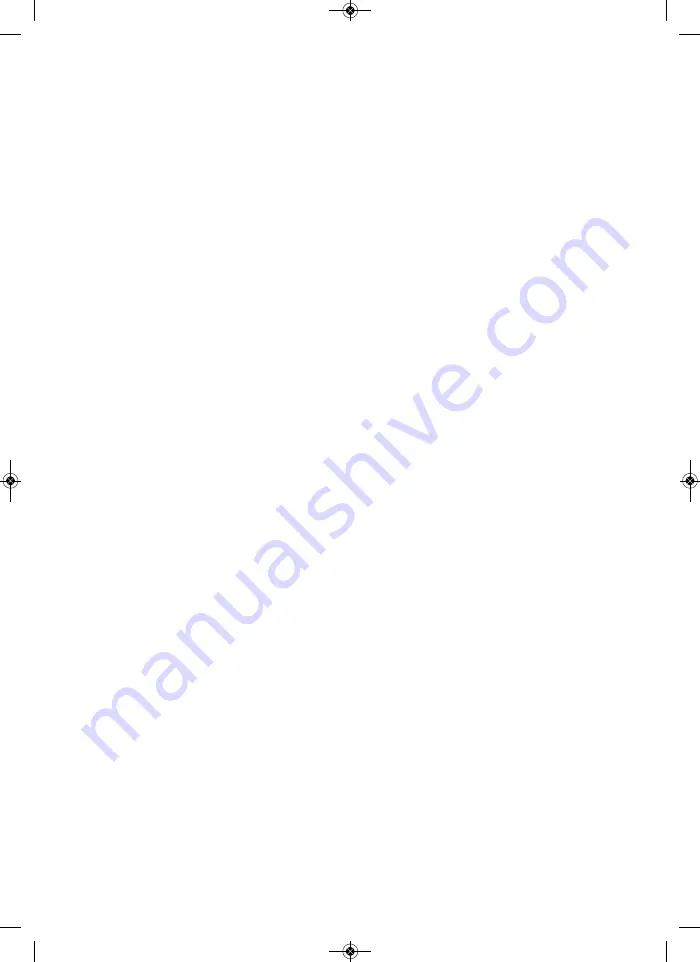
7
The new series of
sera pond pumps PP
convince due to their
compact and robust construction. The pre-installed pump cover
(supplied) does not only allow for stable positioning of the pump
in the pond, but also prevents larger particles such as leaves
from clogging the intake opening of the pump.
The performance data have been optimized along with the ap-
pearance.
The
sera pond pumps PP
are modern short circuit rotor pumps
with an efficiency factor cos
φ
> 0.97 and therefore meet eco-
logical requirements.
SAFETY PRECAUTION!
Always unplug all electrical devices located in the water be-
fore doing any work on the pump, fountain or pond!
Electrical devices operated in the water should be connect-
ed with a circuit breaker (ground fault interrupter).
Application and application range
The
sera pond pumps PP
are particularly well suited for oper-
ating a pond filter or a brook.
We recommend that you use the somewhat smaller
sera pond
pumps SP
for operating water displays, fountains or similar de-
vices that do not require permanent water supply.
Kit includes (fig. 1)
1.1 Pump cover with pump
1.2 Variable hose connector
Required accessories
Flat-bladed screwdriver
Philips screwdriver
Iron saw
Scissors
Silicon oil
Parts list (fig. 3)
3.1 Pump cover with pump
3.1.1 Plastic screw
3.1.2 Upper half of pump basket
3.1.3 Lower half of pump basket
3.1.4 Pump attachment with screws
3.2 Variable hose connector
3.3 Motor block with 4 screws
3.4 Seal
3.5 Impeller unit consisting of
3.5.1 Ceramic shaft
3.5.2 Short circuit rotor
3.5.3 Bearing
3.5.4 Impeller
3.6 Holder plate for impeller unit with O-ring seal
3.7 Pump chamber
3.7.1 Outlet opening
3.7.2 Intake opening
Assembly instruction
Connecting the hose
The variable hose connector (2.1) allows connecting hoses with
an internal diameter of 19, 25, 32 and 40 mm (3/4”, 1”, 1 1/4”
and 1 1/2”). You should saw off the parts with smaller diameters
with an iron saw if the hose you intend to use fits on one of the
larger diameters. Push a hose clamp over the pond hose. Cut
off the hose end vertically. Now push the hose onto the connec-
tor. Screw the hose connector onto the outlet (2.2) of the pump
chamber. Now secure the hose with the hose clamp. You will
need a flat-bladed screwdriver to do so.
The larger the hose diameter, the higher the pump performance.
Location
The pump should not be placed directly on the bottom of the
pond but about 30 cm (12 in.) above the pond bottom, e.g. on
a rock. This avoids the pump taking in sludge and, in particular,
sand which may cause quicker wear and tear.
Place the pump – without the basket – outside the pond, allow-
ing to lay the hose as straight as possible if you wish to use the
pump as a suction pump. The distance should be less than 5 m
(16.4 ft.) as otherwise too much loss of performance would
occur. The pump is not self-priming, i.e. the hose system must
be filled with water before starting the pump. Afterwards, the
pump will draw in the water by itself until it is switched off again.
You should not exceed half a meter (20 in.) suction height.
Operation
Make sure no persons are in the water, and no conducting parts
are connected to the water before switching on the pump. The
pump starts running upon plugging it in. The pump does not
have an additional On/Off switch. The pump is designed for per-
manent operation but must not run dry as the motor block is
cooled by water and the ceramic bearings are lubricated by
water. Switch off the pump again and check whether nothing is
clogged if no water is delivered after a few seconds. Switch the
pump back on only afterwards.
Make sure there is no air left in the hose system when using the
pump as a suction pump.
Air within the pump chamber lowers the performance of the
pump until finally no water at all is delivered. The pump must
immediately be switched off if that much air gets into the hose
system that the pump does not deliver any water any more.
Operation as a suction pump by all means requires an airproof
hose system. Air bubbles continuously taken in cause cavita-
tion inside the rotor casing and, accordingly, rotor wear and tear.
Rotor and shaft damages caused by cavitation are not covered
by warranty.
US
Information for use
sera pond pumps PP 3000, 6000, 9000, 12000
Please read these instructions carefully and keep for future use.
sera pond PP Teichp GBI INT WIN:A5 05.03.2010 13:50 Seite 7





























